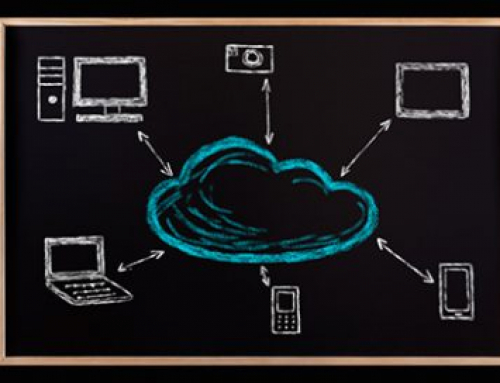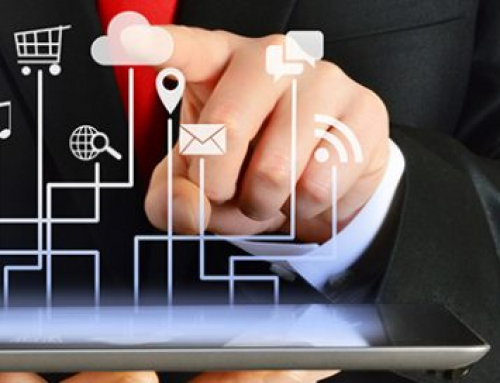
Americans worry machine learning and artificial intelligence are a threat to their livelihoods. But the global pandemic demonstrates that these data technologies are essential to improving lives.
A recent survey captured the job-loss anxiety. Thirty-seven percent of workers aged 18 to 24 say new technology will eliminate their job by 2025. This fear climbs to 45 percent for workers of all ages in advertising and marketing. It’s 42 percent in business support and logistics.
Studies of job loss from automation have come to more dramatic conclusions. An Oxford study predicted that “about 47 percent of total US employment is at risk.” The McKinsey Global Institute found 51 percent of work in the U.S. can be automated, accounting for $2.7 trillion in wages.
AI and data concerns
These fears are valid. AI will threaten jobs and alter career paths. It is like the multitude of other digital innovations that have emerged in the forty years since the arrival of personal computers. Professions like legal work and accounting have largely been sheltered from disruption in the past. But now an AI-driven “virtual lawyer” application runs on Amazon’s Alexa and is seen as “a real threat” to junior attorneys.
The breakdown of societal systems also destroys jobs. Three million-plus U.S. jobs were destroyed by Covid-19 in March. Tens of millions of jobs disappeared during the 2008-2009 global financial crisis. Both crises are rooted in a failure to understand the risks inherent in complex systems. Understanding complex systems is what AI is beginning to do better than humans.
In the financial crisis, there was a failure among subprime mortgage brokers, credit-default-swap underwriters, and unqualified mortgage applicants. In the pandemic, problems showed on cruise ships, in nursing homes, and a crowded market with live animals.
Getting there
AI is not yet capable of figuring out the wild variables that would have predicted the pandemic or global financial crisis. But the technology is improving. It’s driving a growing variety of increasingly complex and sophisticated applications.
Banks are now using AI to identify new money laundering patterns previously unknown to human compliance officers. They’re looking for other ways to win the multi-trillion dollar global fight against financial crime. The technology can also expose criminal networks. It can find malicious activity that humans alone can’t uncover.
Optimizing data
AI may not yet be capable of predicting or preventing job loss spinning out of the global crash. But it can help with the worst of the Covid-19 crisis. Hospitals are facing an onslaught of patients. They can use AI to analyze electronic medical record data. This helps find the best treatments for patients, and deliver more efficient and effective care.
Amid volatility in the credit markets, financial institutions are using AI to manage their liquidity. They’re balancing opportunities to extend credit against operational and regulatory risks.
Machine learning
Machine learning, a subset of AI, enables users to process and draw meaning from complex data. A lot of data is highly resistant to other methods of analysis. Machine learning can drive models that don’t depend on historical data and cut through the mess. These models can give insights into the most urgent events. That includes the Covid-19 crisis and the economic fallout that has followed.
Machine learning and AI even promises to improve the lives of people who live and work far from the realm of high technology. It can allow rural nurses to make better diagnoses. Farmers can decide which crops to plant. It can translate textbooks or even provide an early warning that students might be in jeopardy of dropping out.
A future?
AI is essential. As the global population grows and new challenges arise, humanity will need every available innovation to ensure a bright future. People are far from solving all of the world’s problems. So jobs will remain plentiful — assuming that we continue to embrace progress and not view it as a threat.
Source: https://readwrite.com/2020/04/27/covid-19-jobs-data-and-machine-learning/






